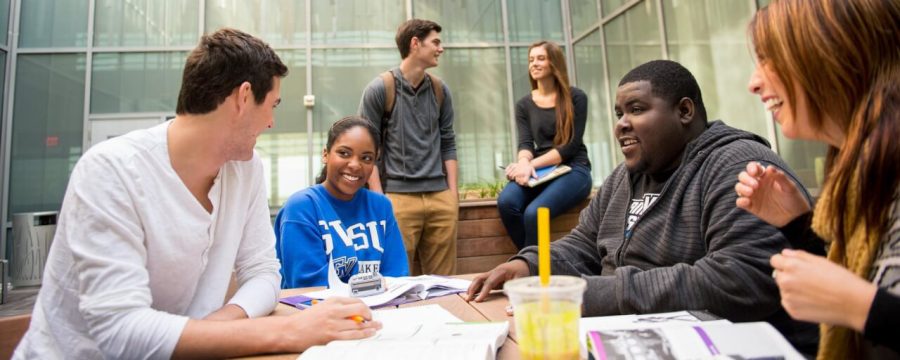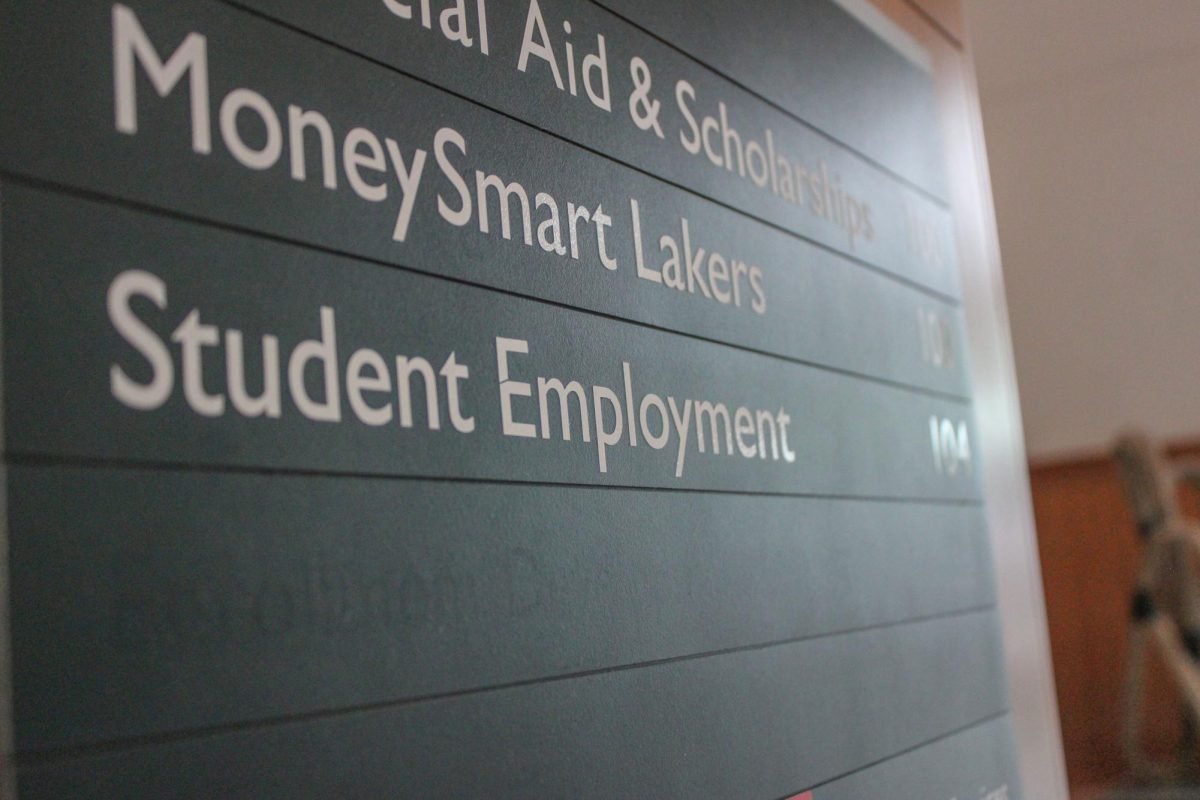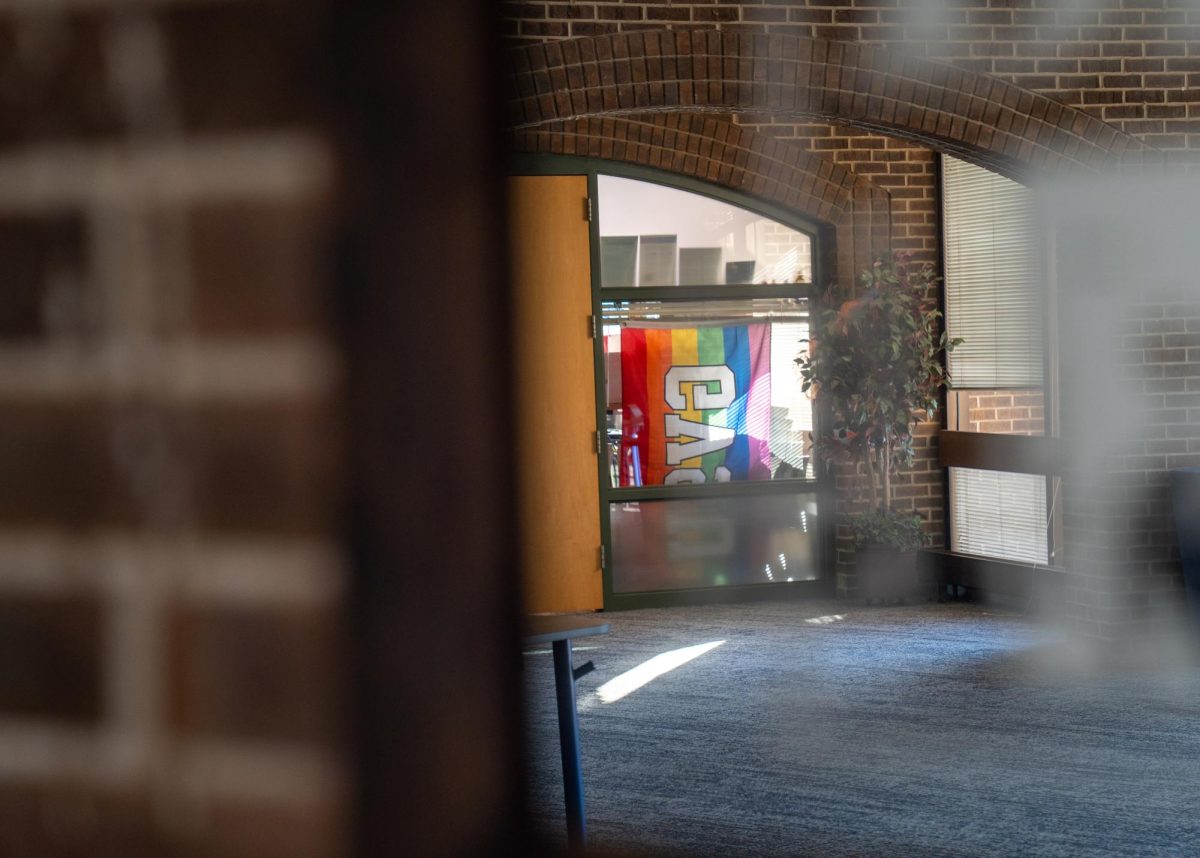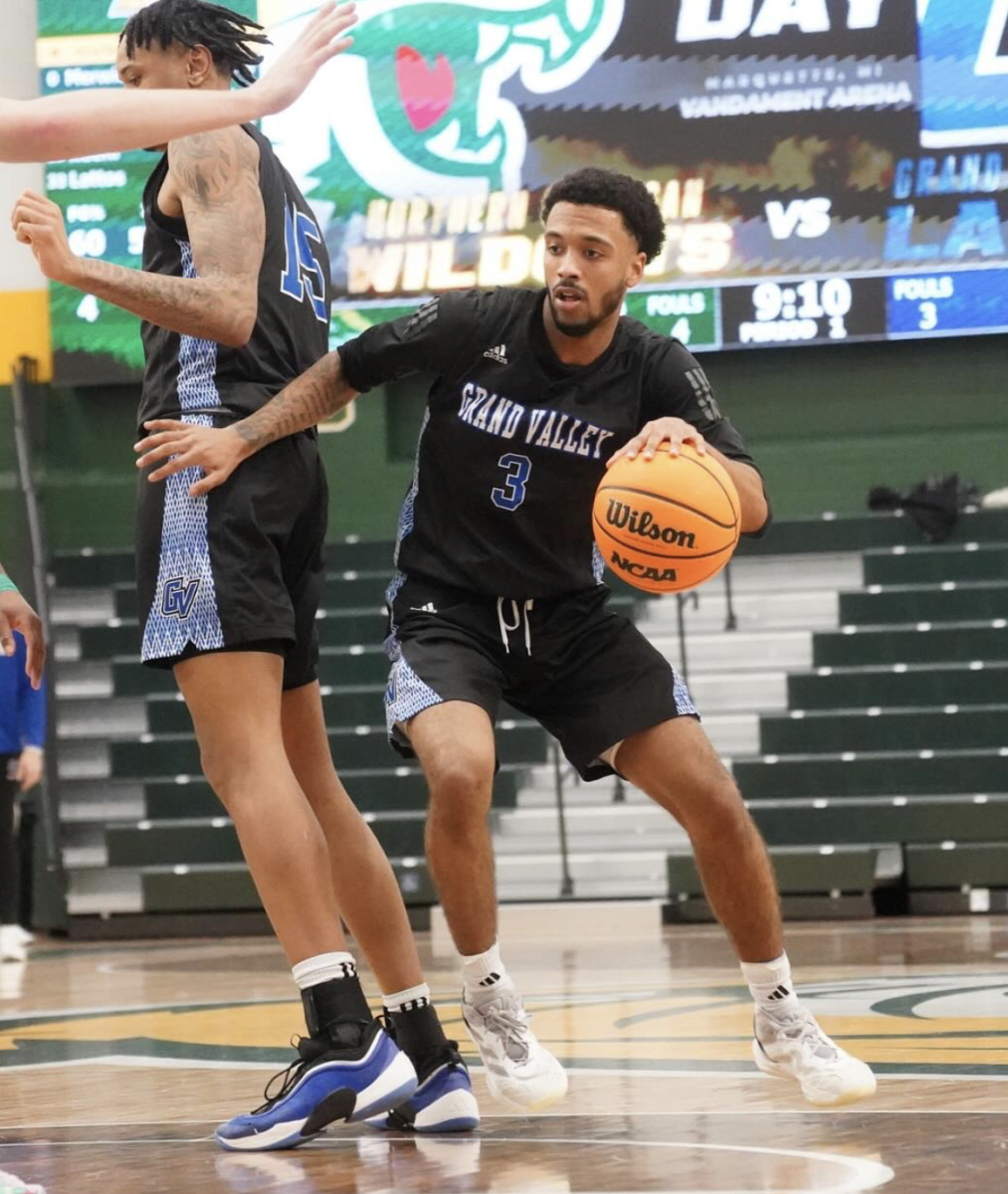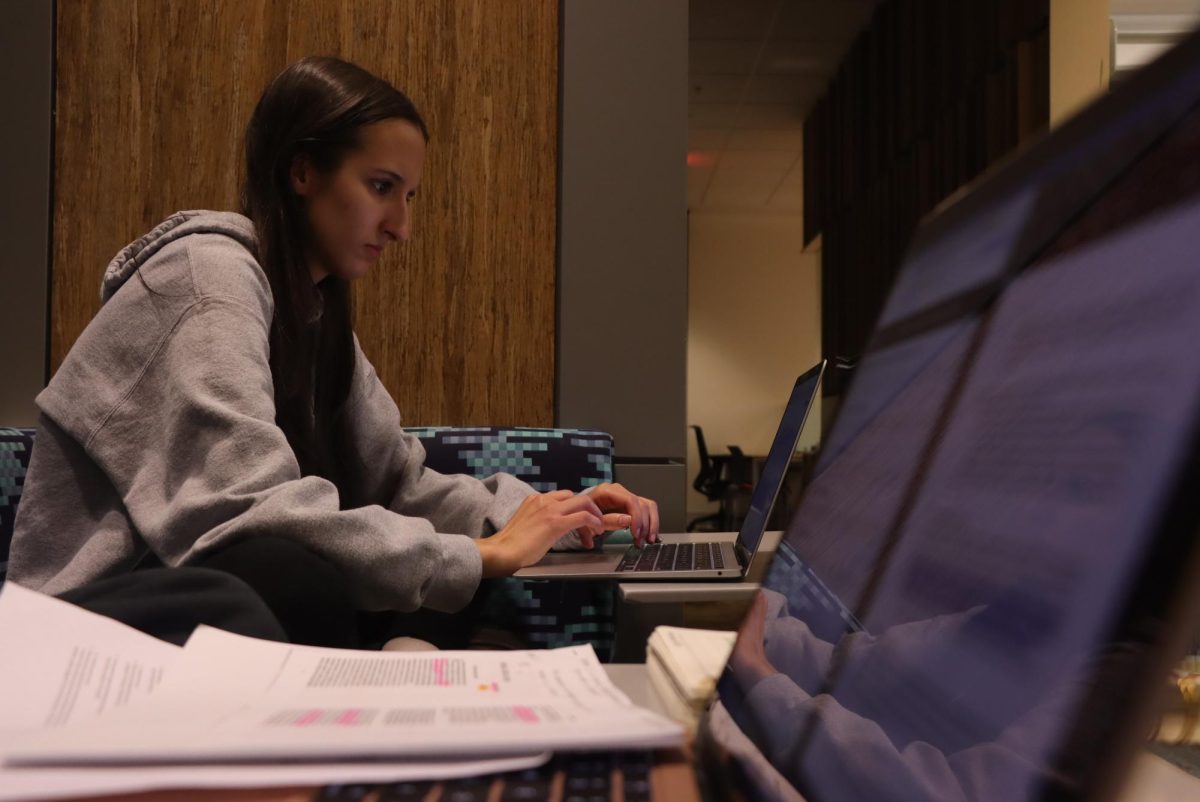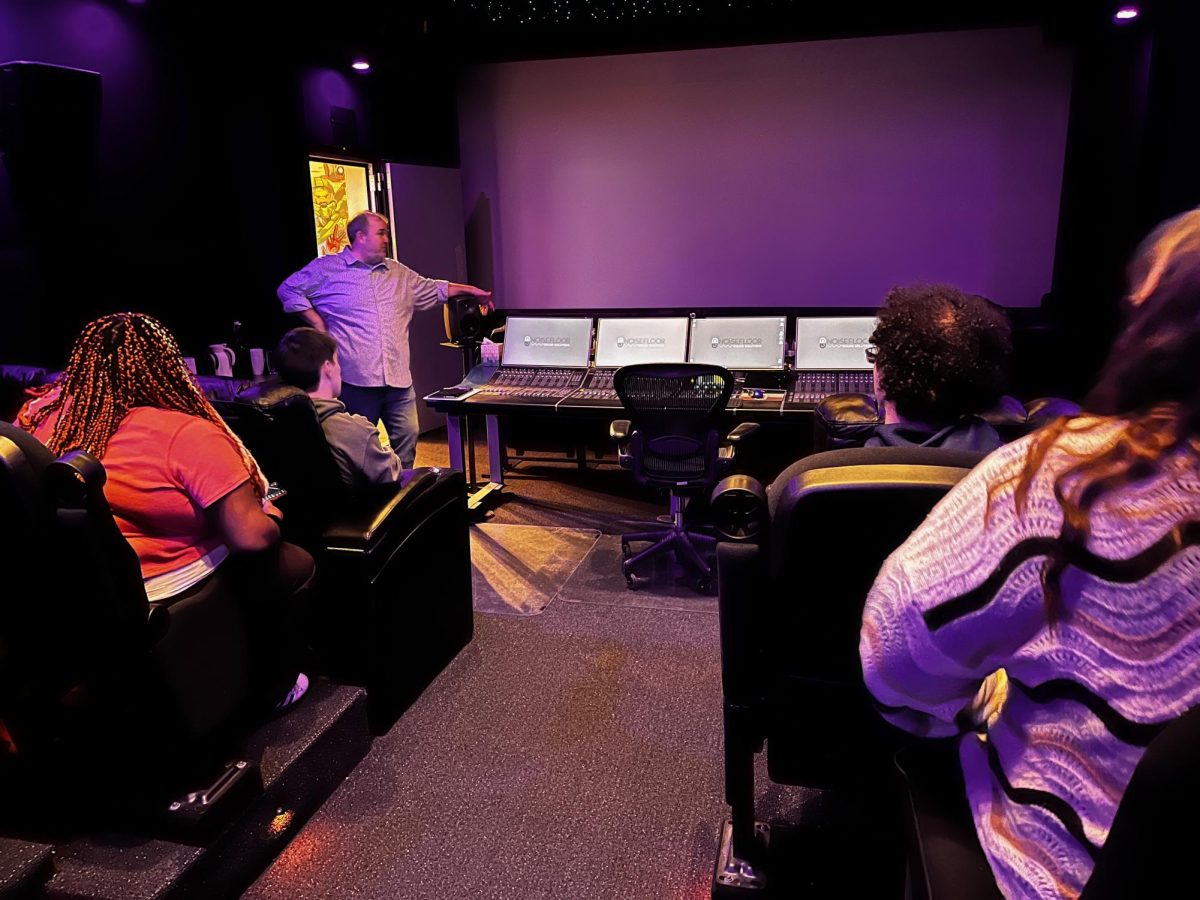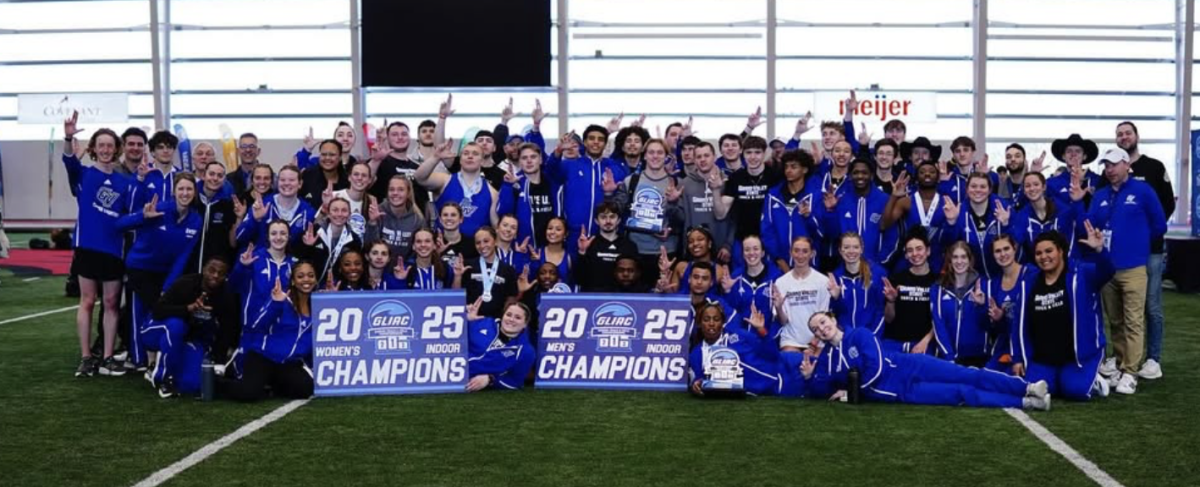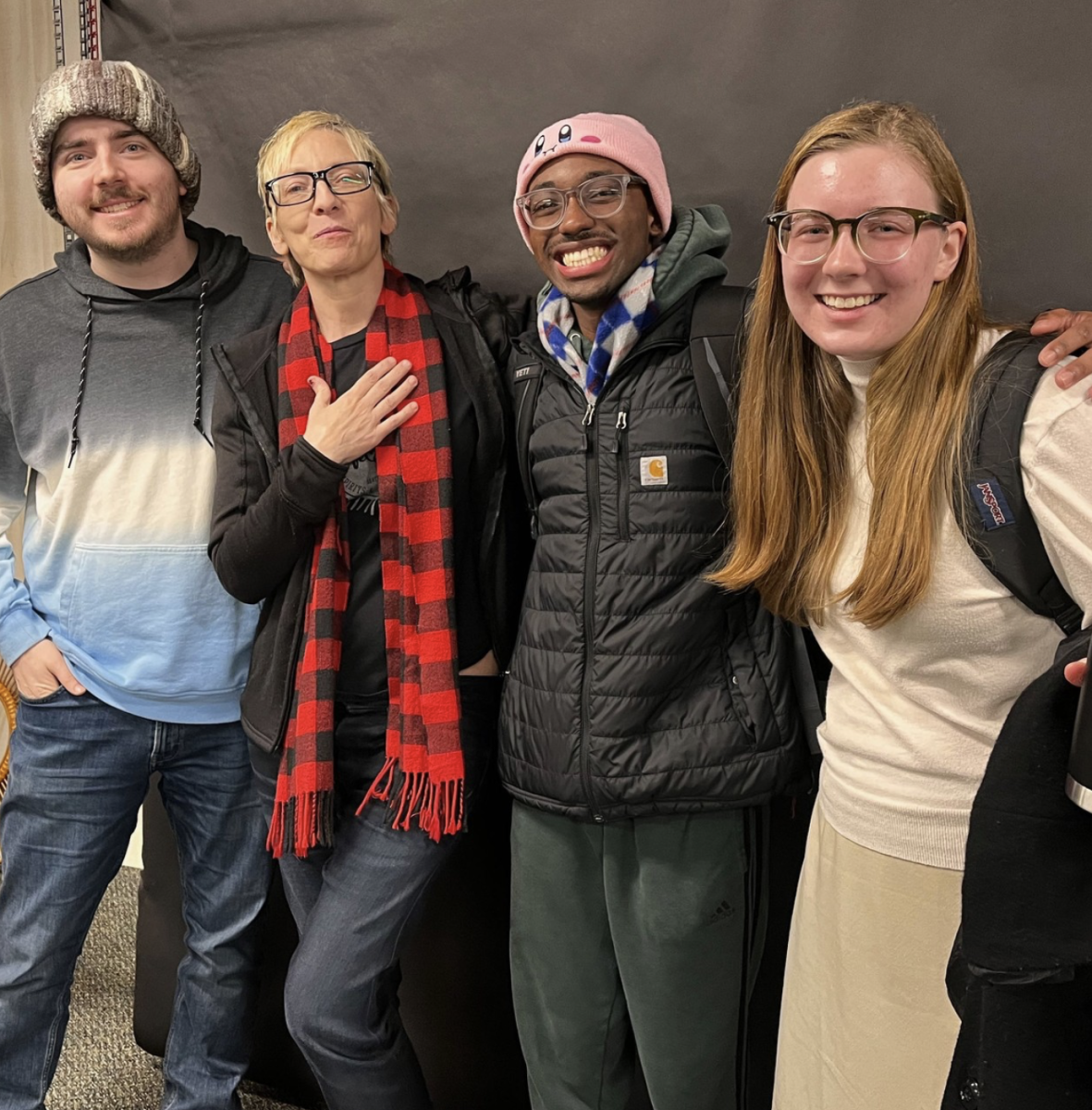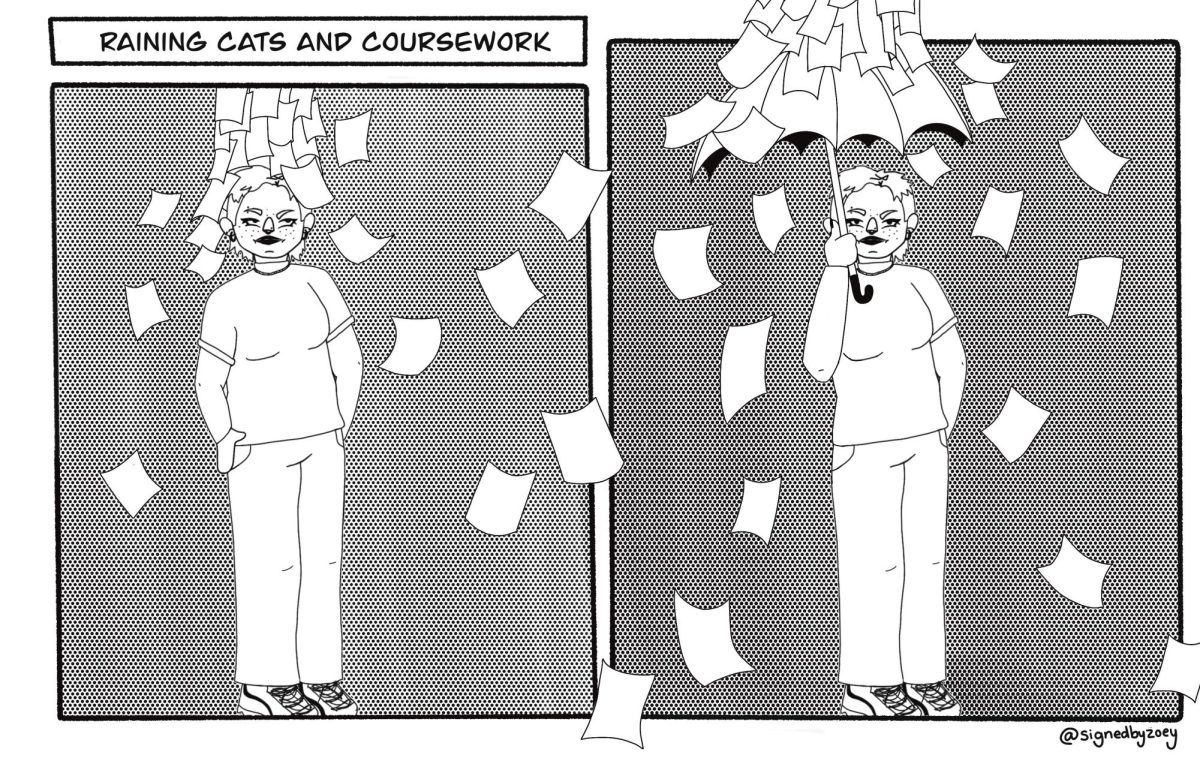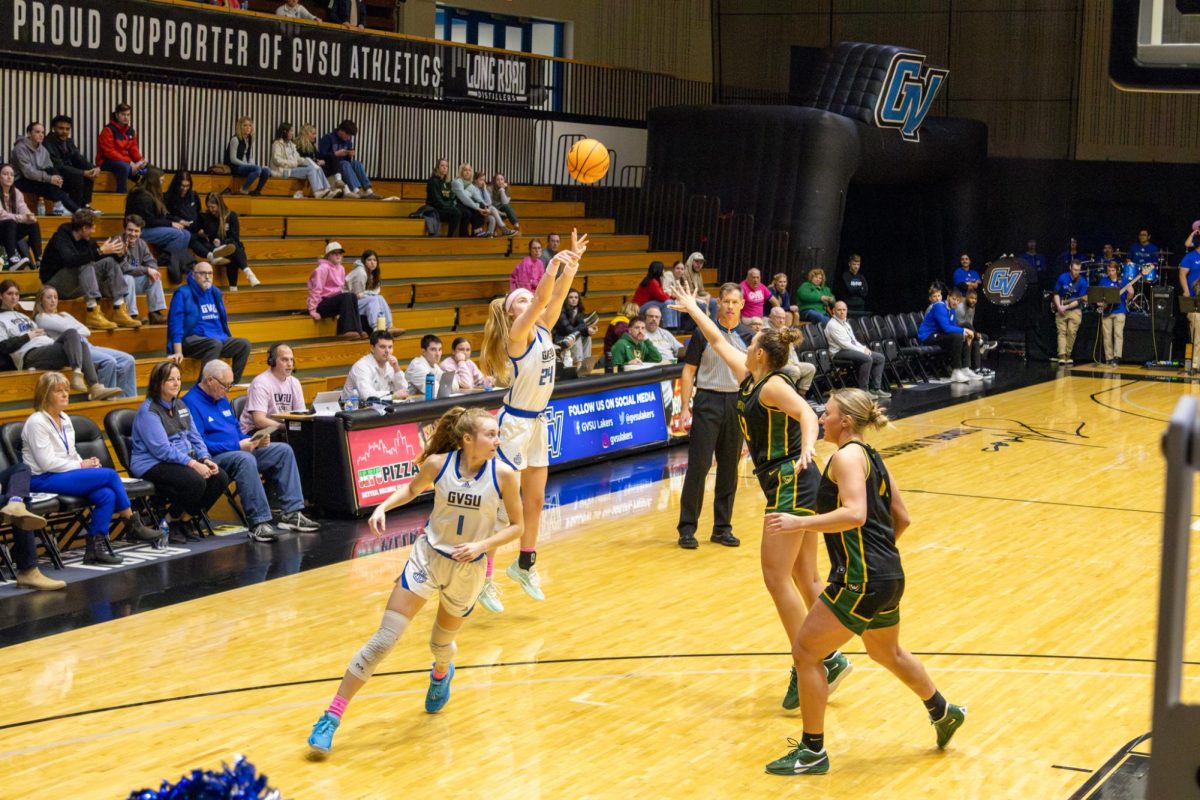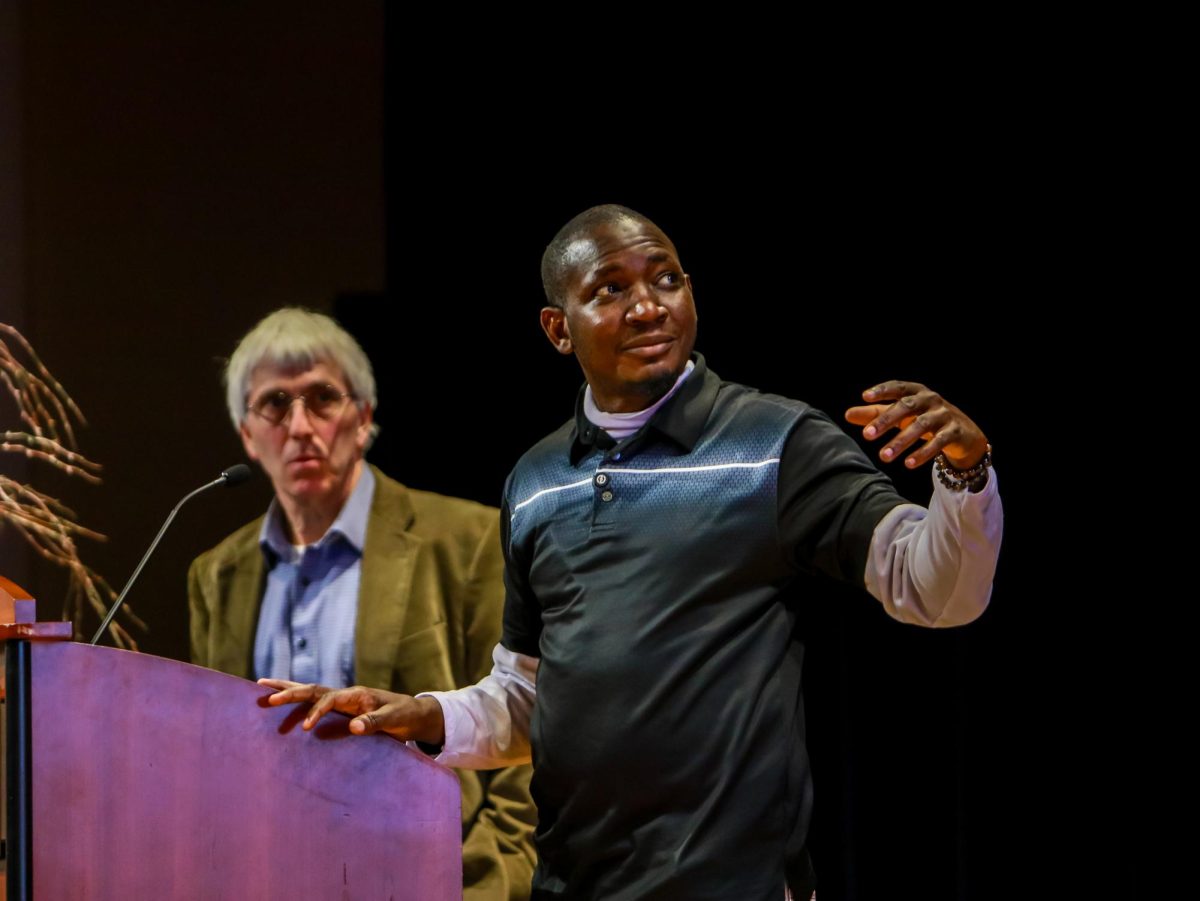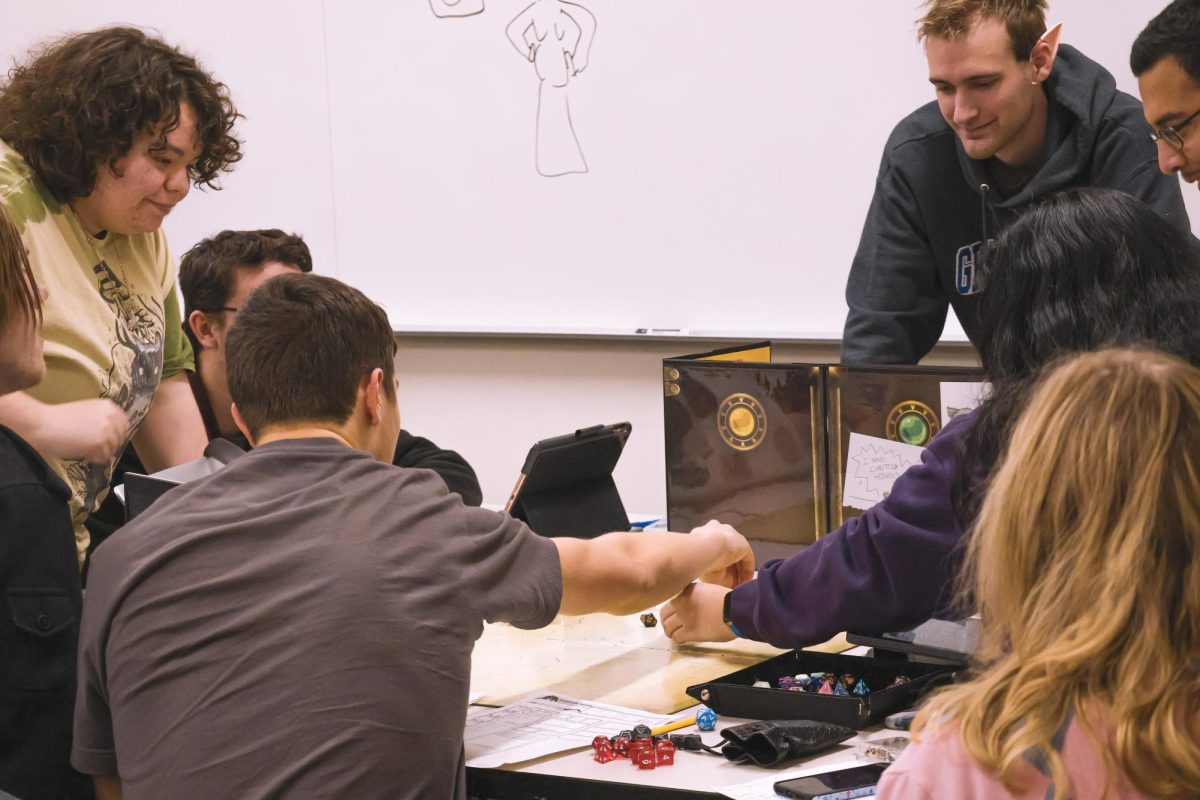How students evaluate faculty performance
Video produced by GVSU Promotions Office
Jan 13, 2020
Since 2016, Grand Valley State University has used the Laker Impressions of Faculty Learning (LIFT) system to collect student feedback on instructor performance at the end of a semester. For the last few years, a little over half of the student body has consistently responded to LIFT evaluations.
“The overall response rate for LIFT in Fall 2019 was 62 percent,” said Director of Institutional Analysis Phillip Batty. “That’s down from previous fall terms – the rate was 65 percent in both 2017 and 2018.”
One possible explanation for the downturn is professors forgetting their role in helping students complete faculty evaluations.
“The expectation is that faculty set aside 15 minutes at the end of the semester for students to complete the evaluation in class,” said Ed Aboufadel, Associate Vice President for Academic Affairs. “We tell department chairs, we put it in newsletters, we stick it in reports that go to faculty. Professors will ask, ‘How do I get response rates up?’ and we tell them they should be setting aside time in class. They say, ‘Oh, am I supposed to be doing that?’ and the answer is yes. Yes, you are.”
Before 2016, departments were using upwards of 40 different instruments to collect student feedback at the end of semesters. When an agreement was reached to use one form consistent between all courses, the current system was purchased from the University of Washington.
“There are some variations between courses, but the first four questions are always the same,” Aboufadel said. “The consistency is because we want to have longitudinal data. Over a ten year period, we can see if something like ‘classroom organization’ starts dropping, and investigate what’s going on with that. Or in the case of an individual teacher who had a rocky start, we can tell if they improve over time.”
Faculty evaluations are dual purpose. They see formative use from the faculty themselves, who are encouraged to read over evaluations carefully to reflect on possible adjustments. They also have a summative purpose for departments and the administration.
“The summative piece is reflected in the annual review of all faculty,” Aboufadel said. “Part of that review is to look at the reports from LIFT, though that’s not the only piece of information we want them to use. In fact, we ask faculty members to reflect on what they did that was novel with teaching in the past year, and in some departments there’s a visit to the classroom by another professor. LIFT reports are a significant part of the conversation when it comes to renewing contracts, tenure and promoting faculty.”
GVSU’s incorporation of student feedback with other forms of faculty evaluation is reflective of a national debate over the role of students in evaluating their professors.
“Some of what students put into an evaluation is not about the performance of a faculty member but what they’re wearing, or their accents,” Aboufadel said. “Some faculty don’t want that to be a part of their evaluation, and I don’t blame them. There’s a conversation about redacting elements of a student’s evaluation if they refer to a professor’s country of origin, race, gender or orientation, though this policy has only been utilized a few times.”
At the national scale, many faculty argue that students are too biased to take part in faculty evaluations at all. Aboufadel disagrees.
“If you don’t get student feedback, how are you going to evaluate teaching?” Aboufadel said. “There are others, and I am one, who argue that we should be looking for patterns in student feedback. If there are a lot of positive comments about how a professor uses the whiteboard, or negative comments about how they’re always 10 minutes late to class, then that’s more reliable information. An individual student filling out an individual report does not make a difference, but multiple students telling the same story is powerful.”
For Aboufadel, the importance of the LIFT system at GVSU is reflective of the institution’s focus on quality teaching practices.
“It’s a board policy to get input from students, because of our commitment to quality education,” Aboufadel said. “When we hire faculty, ‘How are they going to be as a teacher?’ is one of the things we seriously look at. Because of that, our faculty are generally more invested in accurate teaching evaluations than faculty at universities focused on research acumen. I can’t say that of all universities.”





